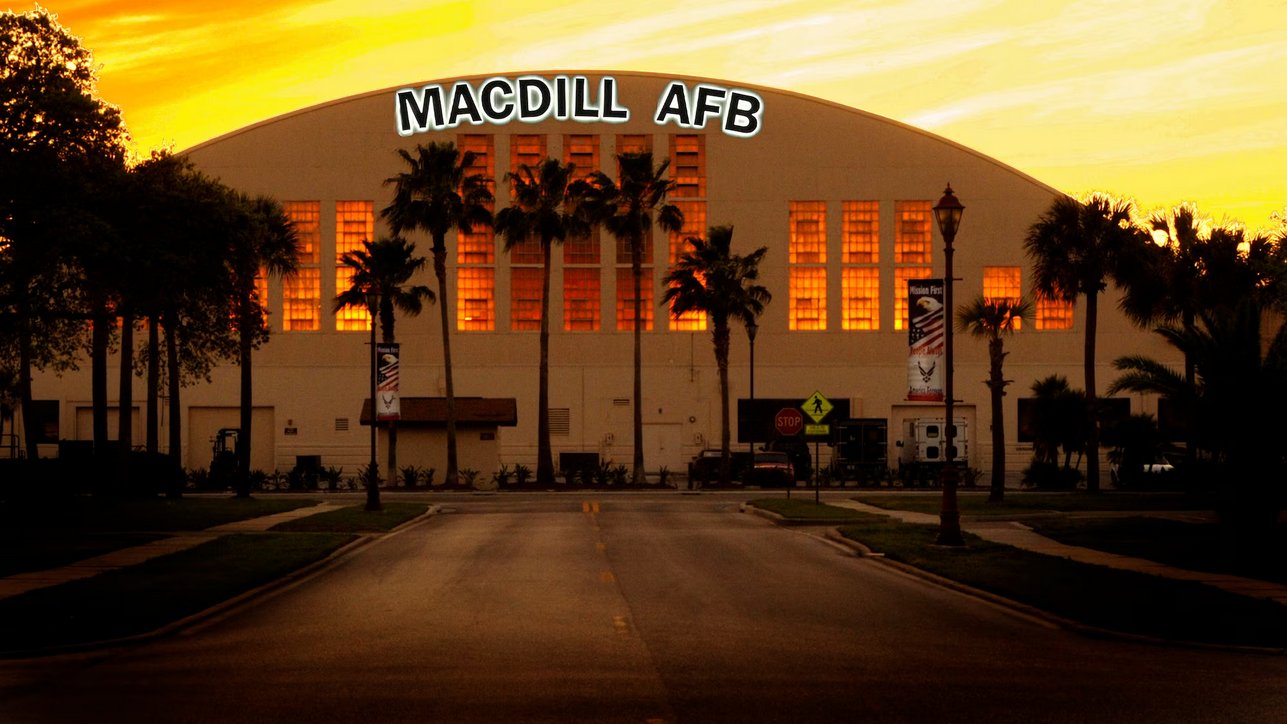

After two years of study, and five years after military officials at MacDill Air Force Base were first contacted about it, researchers have located more than 120 possible graves on the base from a Black cemetery the base was built on top of.
This week officials with MacDill Air Force Base announced that it had located 58 probable graves and 63 possible graves that would have been part of Port Tampa Cemetery, an African-American cemetery from the time of segregation. WFTS-TV first reported on the findings.
The Port Tampa Cemetery was believed to house bodies from as far back as the 1840s and was used by Black families from the surrounding Tampa area for decades until the land was sold and redeveloped into MaDdill Air Force Base. Headstones and other grave markers were lost to history, but many of the actual graves themselves are believed to still exist. That’s in part because, due to the open air needs of an airfield, large parts of the land on the base was not built on. Over the last two years researchers have conducted a noninvasive survey of the land to try and locate some of those graves, using tools such as ground penetrating radar.
In 1939 the War Department selected the land as a new air field, starting redevelopment of it. MacDill Air Force Base was officially dedicated in 1941 and began flight operations that year. Records of the Port Tampa Cemetery were apparently lost for decades, until the Tampa Bay Historical Society found archival evidence in the 2010s and eventually contacted Air Force officials at MacDill in 2019.
Subscribe to Task & Purpose Today. Get the latest military news and culture in your inbox daily.
In 2021 the Air Force set up a historical marker on the base, both honoring those laid to rest at Port Tampa Cemetery and also acknowledging how the grave sites had been lost to history. The graveyard is believed to have existed close to the Interbay Boulevard and Manhattan Avenue intersection on the base, according to the Tampa Bay Times.
“The Port Tampa Cemetery was where many African American families of the area laid their loved ones to rest. The segregation-era burial ground was in use by members of the community that did not have the means to use established formal cemeteries,” the marker reads in part. “While it is unclear what happened to the cemetery, it was one of several African American cemeteries in the area that had been forgotten or purchased for redevelopment.”
It’s not immediately clear what comes next for the potential grave sites. Additional survey work is still planned. A spokesperson for the base said that the Air Force is still talking with the local community about ways to better memorialize the burial ground.
The latest on Task & Purpose
- Navy will name a new ship for the ‘human tugboat,’ a forgotten WWII hero
- Soldiers now must pay out of pocket to store cars and belongings while deployed
- Inside a new technology for Marine marksmanship training
- Apple TV+ releases the opening title sequence for Masters of the Air
- Meet the skateboarding Green Beret shredding the civilian-military gap